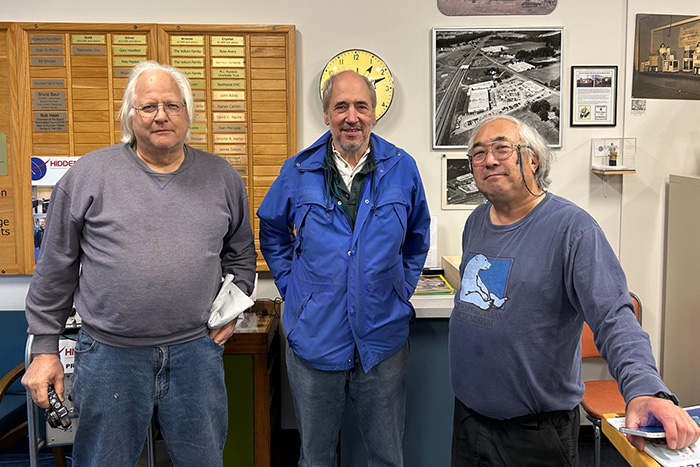We provide tours on request, many of which are on closed days. Here are some photos from various requested tours from 2025.
This informal coffee group, called the Brain Trust, consists of multi-discipline engineers. who had an extensive tour with lots of questions.

This group of visitors was from Fortive, the parent company of Tektronix.
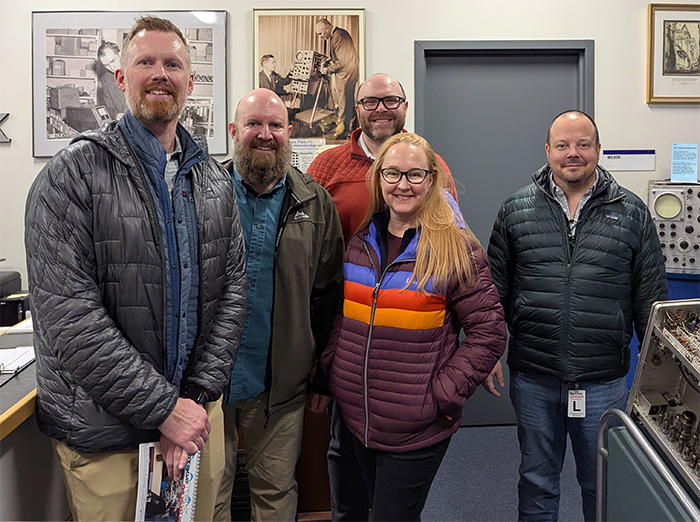
Employees of Elektro-Automatik, part of the Tektronix family of state-of-the-art test solutions consisting of programmable power supplies and electronic loads visited the museum to learn more about the history of Tektronix.

Paul, Debbie, and family enjoyed their tour of the museum. Paul worked for HP T&M for 11 years.
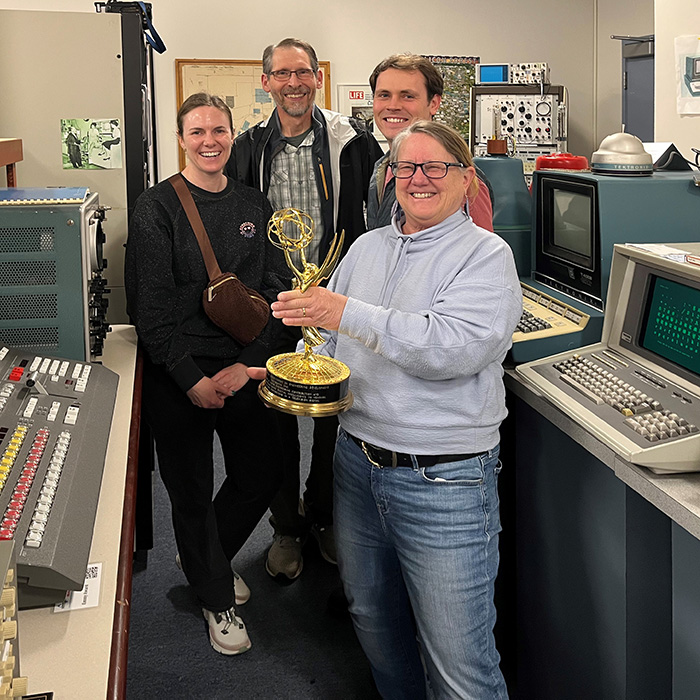
Don (center) visited the museum and brought in donations of various oscilloscope cameras in very good condition and a 3T2 Random Sampling Sweep plug-in. He is joined by volunteers Chris Curtin (left) and Pat Green (right).
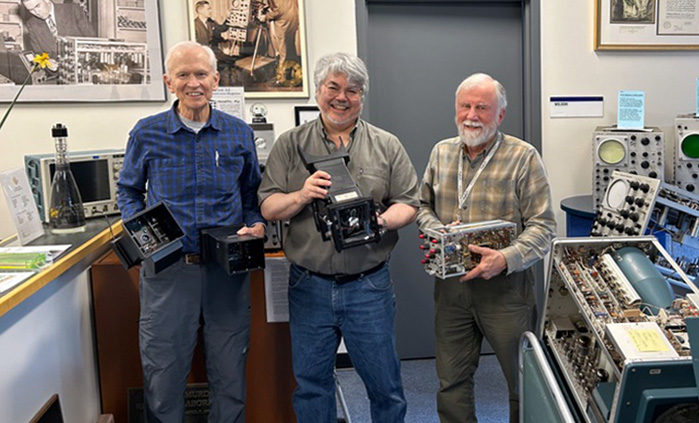
Students from the Hillsboro School District Independent Transition Services Program visited the museum. We gave a general introduction, divided the group into thirds and shared four separate STEM demonstrations.
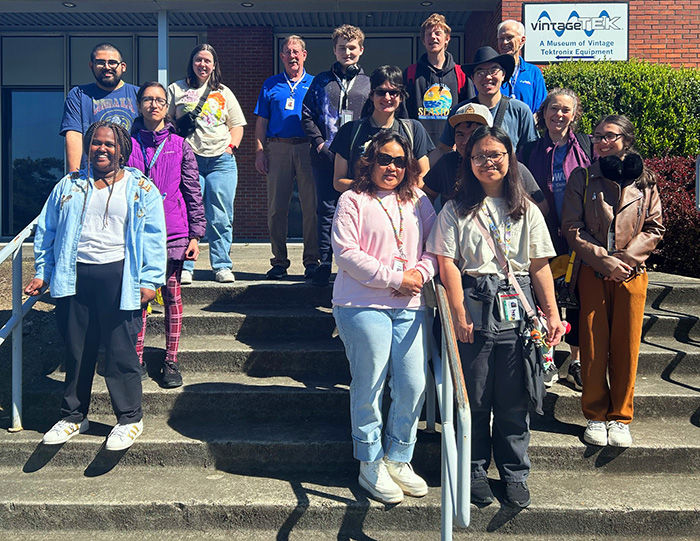
Paula visited the museum with some items to donate. We showed her our 1976 photo of the CRT Gun Team hanging just inside our restoration room.
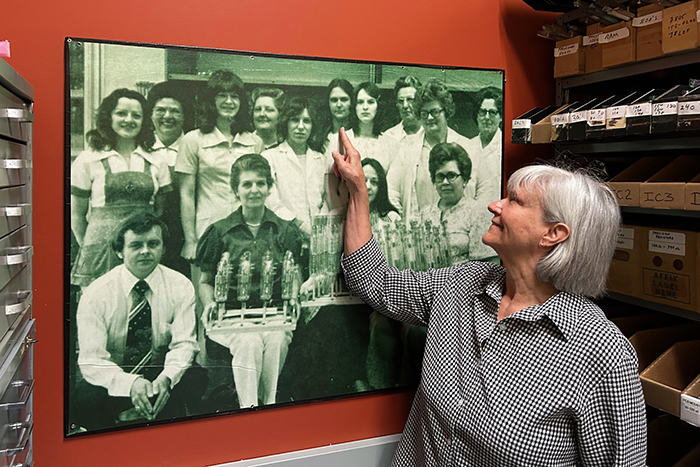
Stu McNaughton, the Electrical Project Engineer for the 611, visited the museum and is holding the Engineering Instrument Specification (EIS) with his signature. We have the EIS project teams listed on our Engineering Project Teams page.
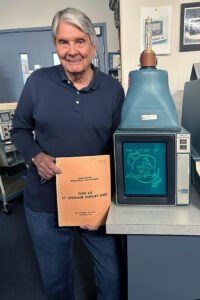
Former CRT employees got together for a reunion tour. Volunteer Pat Green (left) gave the tour. Pat Green, Eunice, Paula and Sheryl all worked on the Avionics Color CRT. Eunice, Paula and Sheryl worked in the CRT operation for many years, with Paula and Eunice working for Bill Brown in the Engineering Tube Lab. Paula went to Planar in the 1980s and was a Process Technician and later a Process Group Manager.
Pat, Eunice, Sheryl, Ken and Bill all worked on the PALC project. Ken worked for many years in the CRT operation. He was primarily responsible for developing the process for silkscreen graticules on CRT faceplates. He also was a key contributor for the development of the DVST screen process along with Jerry McTeague.
Bill worked in Tek Labs for many years. He was in Bill Beran’s group, along with Ken, where they worked on new printing technology. Bill also developed a superconducting ceramic.
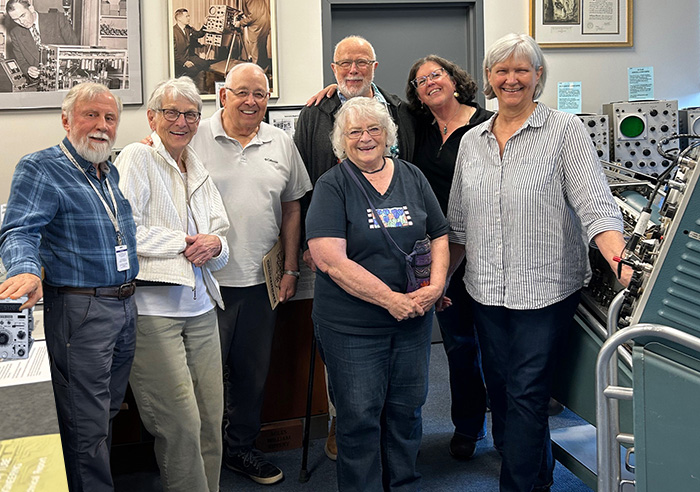
Eunice and Ken's photos from the 1970 Employee Photo Album
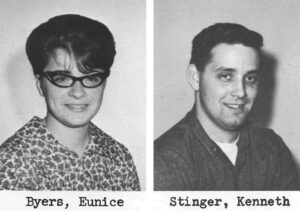
Tom came into the museum for a visit and to donate a number of instruments.

The museum opened on a RAMS day so that visitors to the Teardown 2025 Conference could visit both. We had about 30 visitors in total.
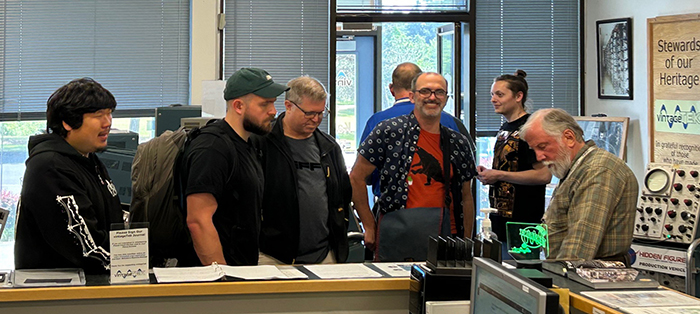
This group of students, mentors, and teachers attending the American Theater Organ Society (ATOS) Summer Youth Adventure (SYA) visited the museum for an evening event. The SYA is a week-long event designed for young theatre organ enthusiasts who are interested in learning, developing, or refining their skills with the theatre organ.
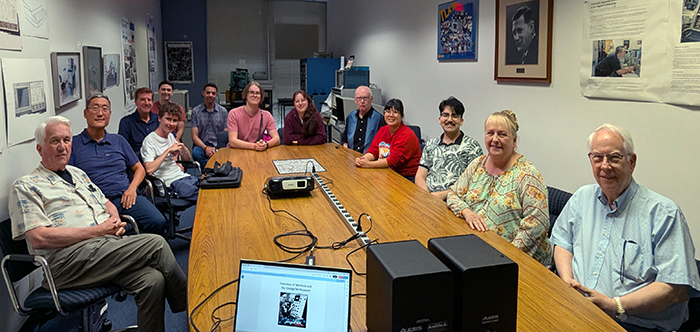
A team from Tek Finance toured to learn about the early history of the company.
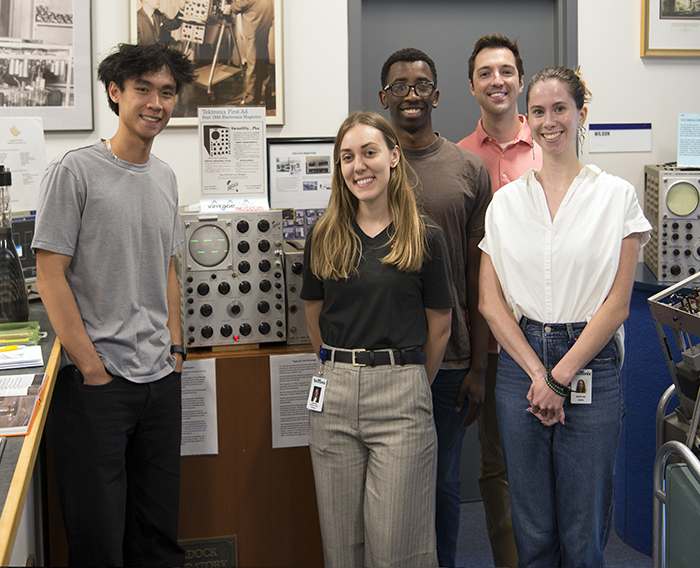
Peter and Carla visited the museum for an extensive tour.
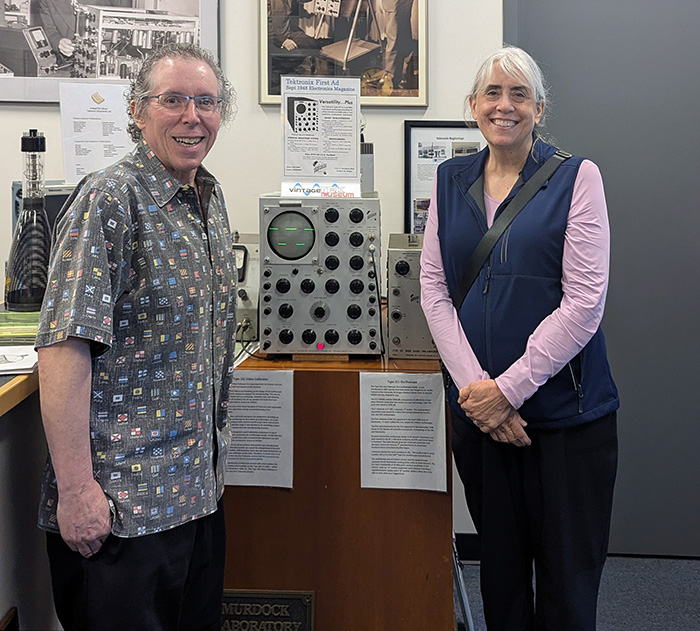
Video Sync is an ongoing series of events by video artists, for video artists, celebrating the toolmakers, performers, educators, and aficionados of video signals as a performative medium. Video Sync 2025 was held at the Lloyd Center in Portland Oregon with help from Synth Library Portland. We had this larger group of toolmakers and performers tour on Saturday.
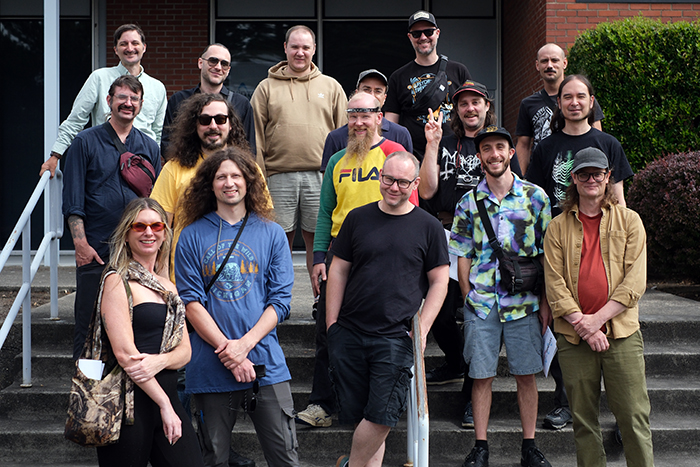
This smaller group visited later the following week.
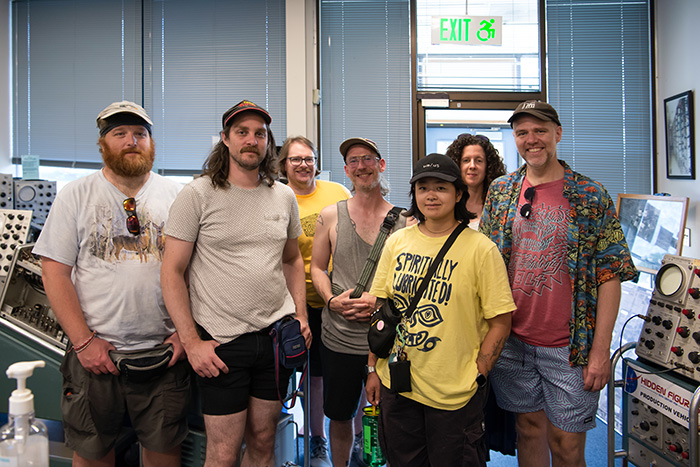
Two college students, Gabe and Pun, visited with their uncle Ram. Gabe (left) is a chemist at The University of Portland and Pun (right) is a mechanical engineer at the University of Illinois.
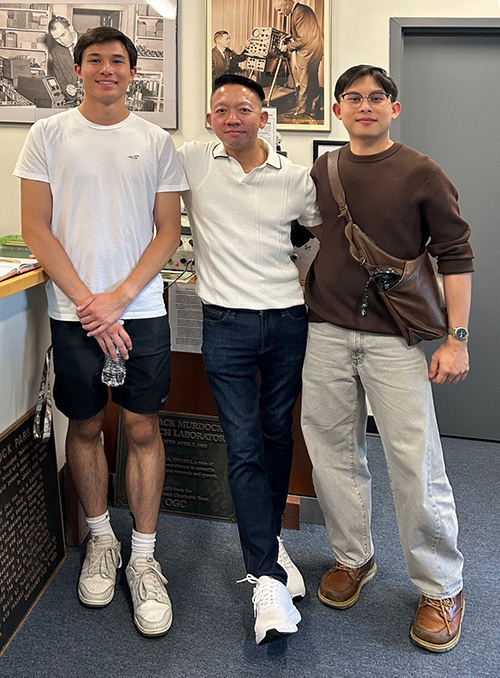
Tektronix HR Team

Two visitors from Electronic Design magazine. Portland area based Andy Turudic (left) is a Technology Editor at the magazine. Here's his article on the new 7 Series oscilloscope. [External website]
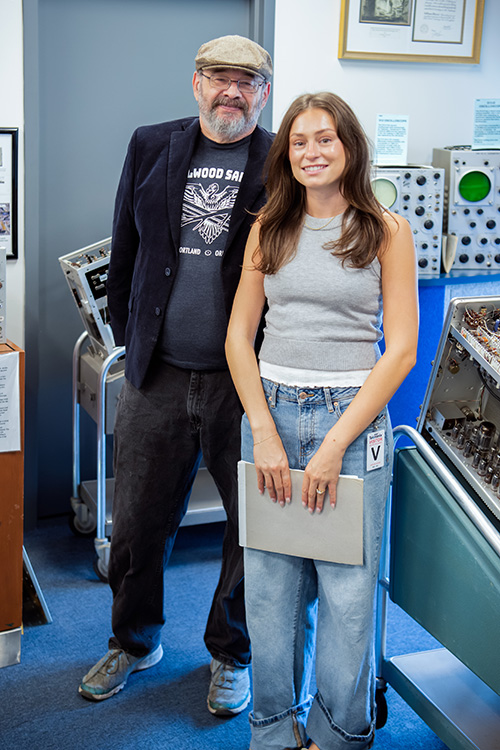
Two visitors from All About Circuits. [External website]
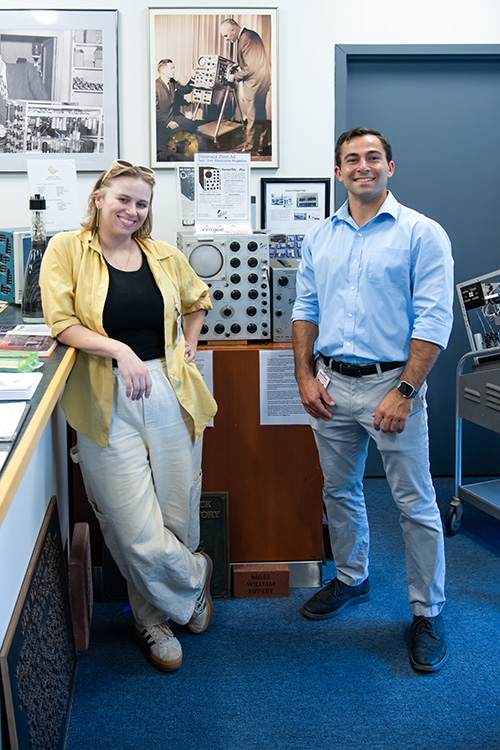
Tektronix Signal Path & Advanced Technology group.

Jose Navarro, a Plasma Etch Support Engineer at Hitachi, and former Tektronix employee, posted this on LinkedIn after his visit.
Well well well. Was no one going to tell me Tektronix actually had their own Transmission Electron Microscopes? That’s an interesting piece of history. Maybe I can help do a column alignment on that? Hopefully they don’t try and compete with Hitachi who also happen to make some pretty nice TEMs. Thanks David Brown for the time walking us around.
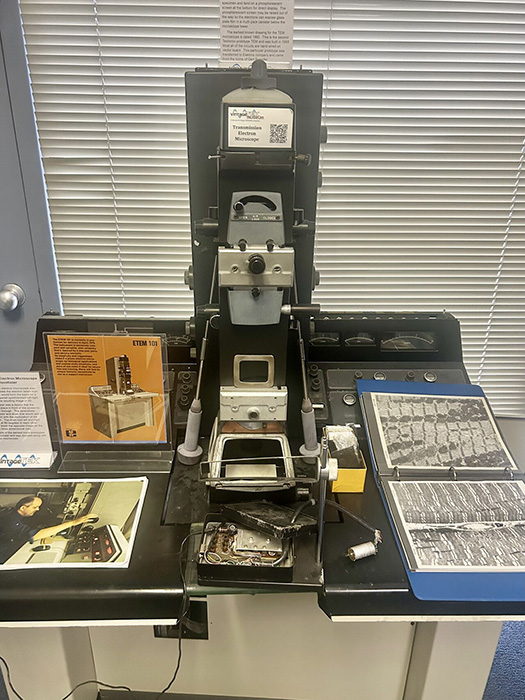
Adrian Black, of Adrian's Digital Basement [External Site] YouTube Channel came to visit volunteer Bob Puckette to learn more about his curvebug debugging tool.
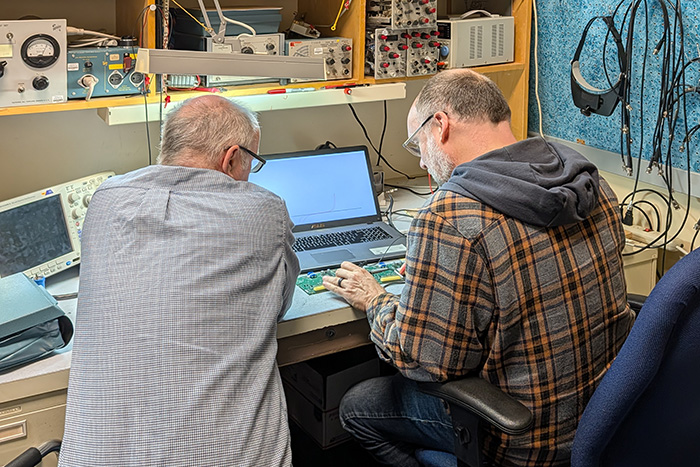
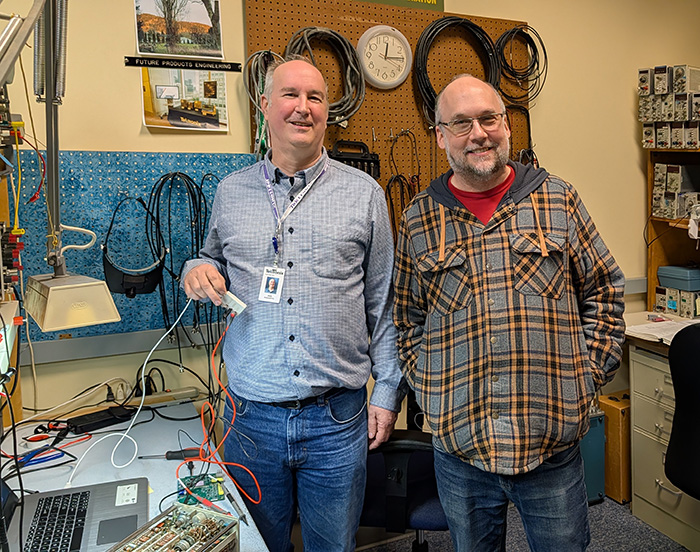
Leadership Beaverton class of 2025. Leadership Beaverton grew from a desire for more knowledgeable volunteers, board members, and elected officials in the city. It is an intensive program devoted to strengthening and educating emerging and experienced individuals. This is their second year touring the museum on their Beaverton History day. Our presentation focused on Tektronix impact in Beaverton and the community along with our tour.
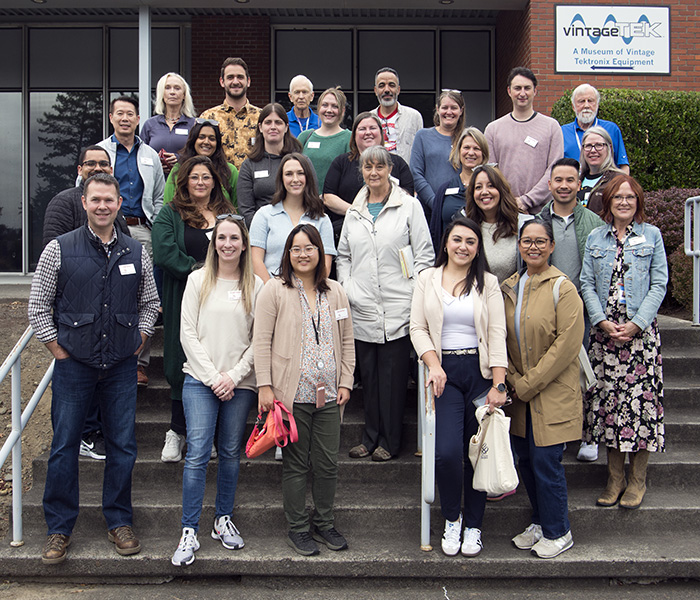
Keith, from Colorado, and Sheldon, from New Hampshire, made it a point to visit the museum on their visit to Oregon. They were both knowledgeable about Tektronix products and of a lot of it's history. They stayed for a 3 hour visit.
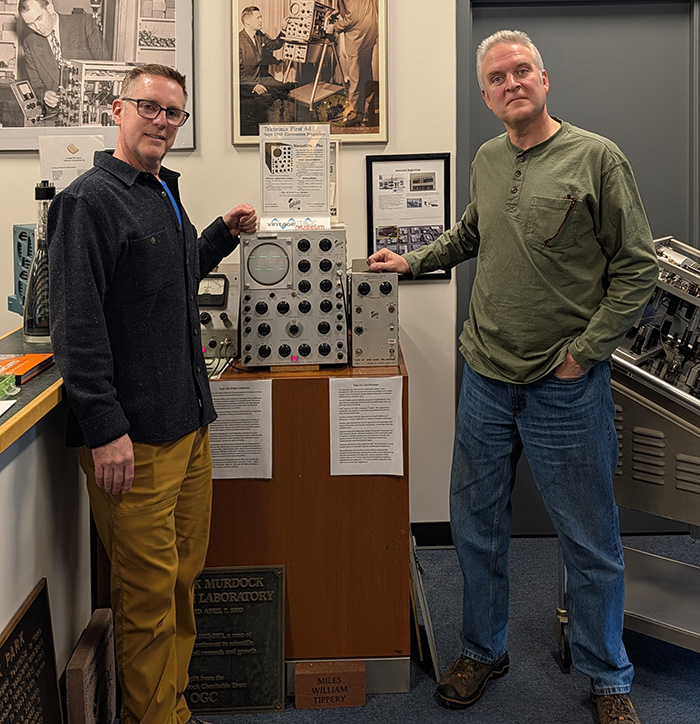
Doug and Kevin Morrill stopped by the museum for a visit. Doug worked for Tektronix for 23 years and was eventually transferred to Georgia as a Sales Engineer, where he still resides. Kevin worked three summers for Tektronix in 1974, 1976, and 1977. Their father, Keith Morrill, was hired in 1955. We didn't get their photo but here is their father from the photo album.
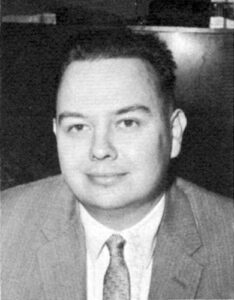
Cub Scouts Pack 207 visited the museum and volunteers provided an overview of technology and five different hands-on events. The students ranged from 2nd grade to 5th grade.
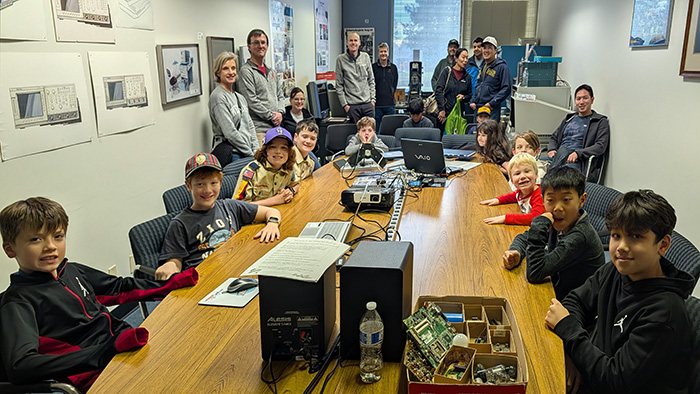
Eugene, Kirby and David stopped in for a tour. Eugene, was a huge fan of the 4014 and very interested in the DVST evolution. When shown the photo of Glen Culler at UC San Barbara, he said he knew him while studying there. Kirby mentioned he knew the founder of ESI (Doug Strain) when shown the laser PDP8/E ESI Laser Trimmer. He also appreciated our Speed of Light exhibit and our 30 cm piece of wire.
